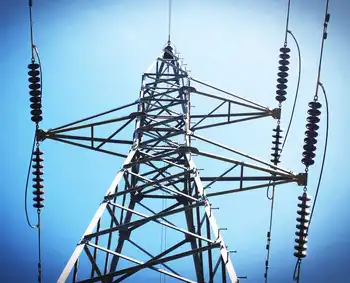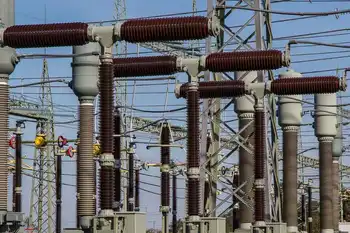PSEG increases focus on renewable energy sources
PSEG operates through three principal subsidiaries: Public Service Electric and Gas Company, a regulated utility that distributes gas to a substantial portion of New Jersey; PSEG Power, which produces power for the northeastern U.S. market; and PSEG Energy Holdings, which has traditionally operated electric-generation facilities outside of New Jersey. PSEG Energy Holdings is taking an increased interest in renewable energy resources.
Stephen Byrd, President and Chief Operating Officer of PSEG Energy Holdings, discussed the three principal forms of renewable energy on which the company is focusing. The first of these is compressed-air energy storage, which represents an efficient means of energy storage, particularly from renewable resources.
"This technology allows a couple of important benefits to be achieved," said Byrd. "First and foremost, it really gets the most out of renewables such as wind and solar. It does this by eliminating the intermittency of these technologies as well as shifting the power produced by these technologies to the times at which they're needed."
Byrd gave an example of how a windfarm could be producing energy during the night that was not being used or stored. The compressed air storage technology would allow energy to be stored for use throughout the day, increasing the efficiency of renewable generating sources.
The company is also focusing on the development of windfarms and recently received a $4 million grant for a joint venture project involving the future development of a 350-megawatt windfarm off the New Jersey coast. "This is a long-term project," said Byrd. "It will take quite a bit of time to develop, but as we look at the options to meet New Jersey's climate-change goals, this looks like quite a good option relative to others."
Solar power, produced on a large scale, is also on the company's energy radar. "We are likely to develop a 2-megwatt solar project here in the next couple of months, and that's, in our perspective, just the beginning," said Byrd regarding PSEG's interest in solar power production.
Industrial Info is currently monitoring 30 U.S. plants operated by PSEG and its subsidiaries, as well as $5.5 billion of PSEG projects that are currently under way or are planned to kick off in the future. Many of PSEG's larger projects currently under way at traditional gas- and coal-fired power plants involve the installation of emissions-reduction equipment.
The air-quality upgrade at the Hudson Generating Station in Jersey City, New Jersey, for example, has an estimated total investment value of $700 million and involves the installation of a wet scrubber, baghouse, a selective catalytic reduction system, an activated carbon injection system and supporting equipment to reduce air emissions in the plant's coal- and gas-fired Unit 2, which has been in operation since 1968.
The project began in May 2008 and is expected to be completed in the second quarter of 2010.
Related News

UN: Renewable Energy Ambition in NDCs must Double by 2030
LONDON - We need an oracle to get us out of this debacle. The UN climate group has met for the 25th time. Will anything ever change?
Countries are being urged to significantly raise renewable energy ambition and adopt targets to transform the global energy system in the next round of Nationally Determined Contributions (NDCs), according to a new report by the International Renewable Energy Agency (IRENA) that will be released at the UN Climate Change Conference (COP25) in Madrid.
The report will show that renewable energy ambition within NDCs would have to more than double by 2030 to put the world…





